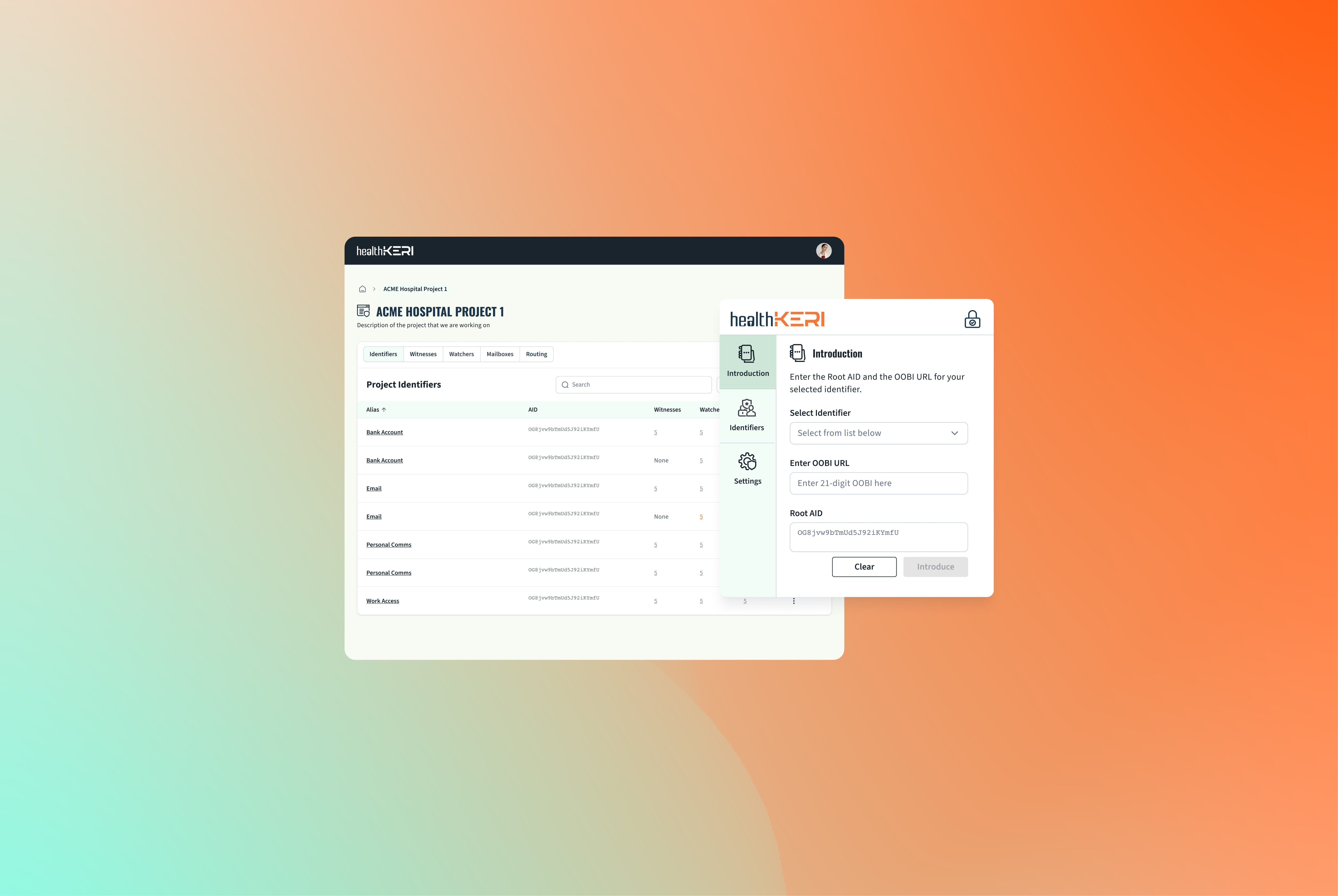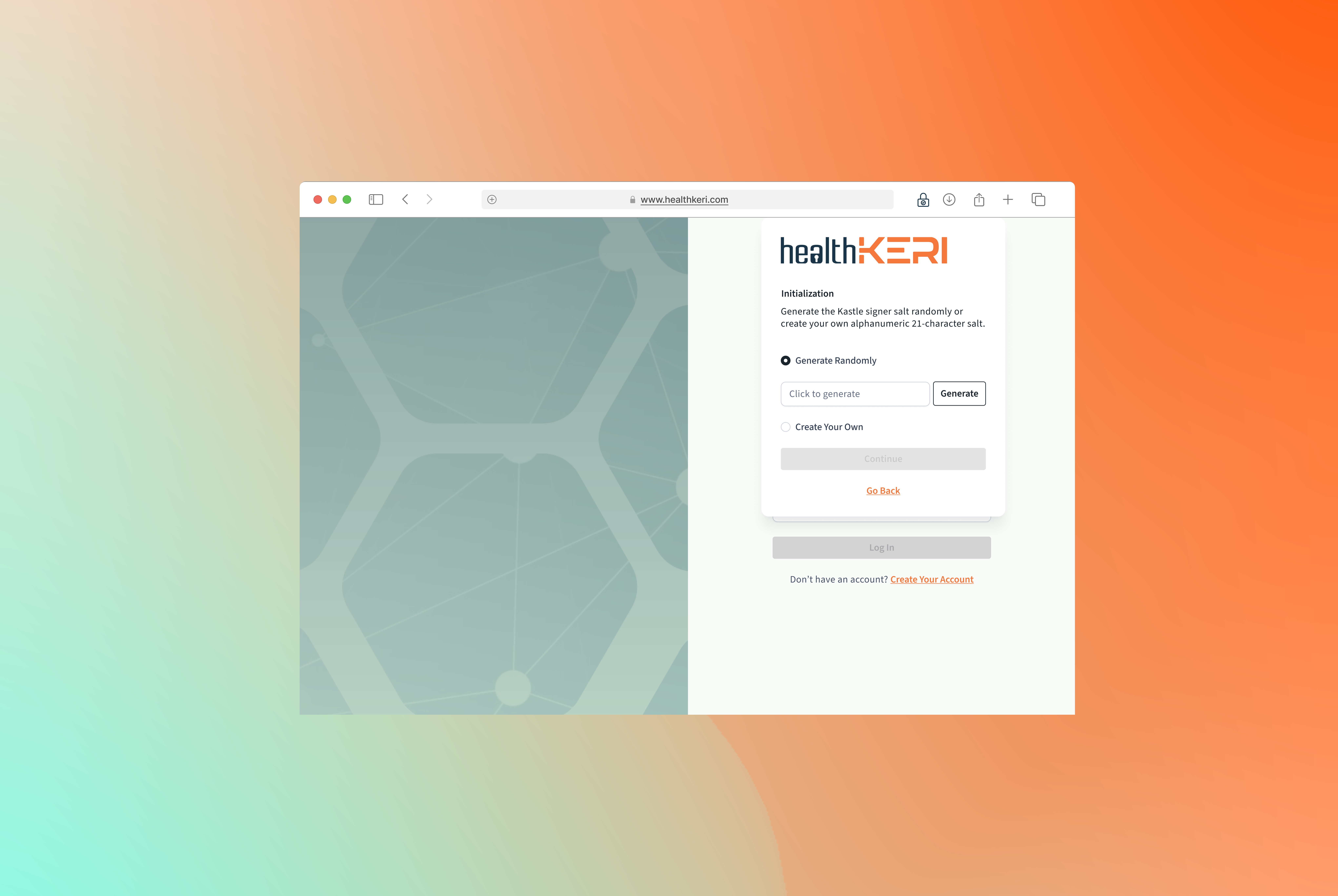IDENTIFYING USER PAIN-POINTS
Healthcare administrators regularly exchange sensitive data with insurance providers, treatment centers, and pharmacies, yet existing authentication systems rely on phishable credentials and centralized authorities, making them vulnerable to cyber threats. To fully grasp the problem, I consulted with our CTO, Phil Feairheller and explored open-source documentation.
Identified user pain points included: complex multi-signature authentication workflows, lack of visibility into data transmission status, and difficult setup processes for secure data pathways.
FINAL OUTCOMES
I took a human-centered design approach to create an intuitive experience while ensuring security remained at the core. I used swimlane diagrams to visualize authentication processes, from single-user sign-offs to multi-signature approvals. I designed an overview panel where administrators could monitor data transactions at a glance. Lastly, to simplify the configuration process, I introduced iconography, helper text, and step-by-step validation, reducing errors and confusion.
The MVP included: a fully interactive dashboard for tracking real-time data transactions, structured search functionality for quick data retrieval, a profile page to manage administrator credentials, and an intuitive setup flow for configuring secure data pathways.
Through this project, I successfully merged usability with security, making complex data exchanges easier to manage while reducing risks. This experience deepened my understanding of self-sovereign identity and reinforced the importance of balancing security with user experience in high-stakes industries like healthcare.




